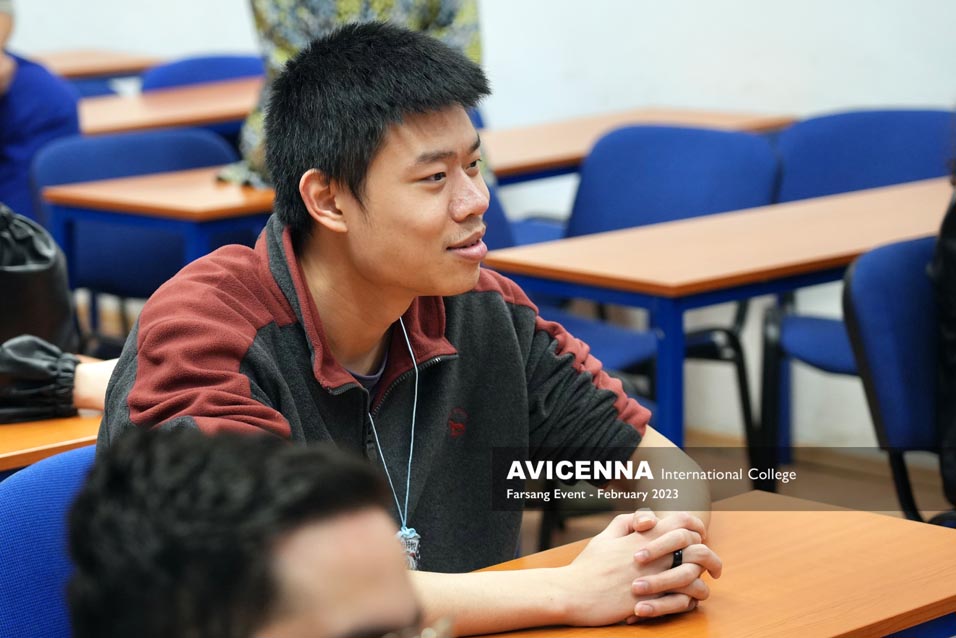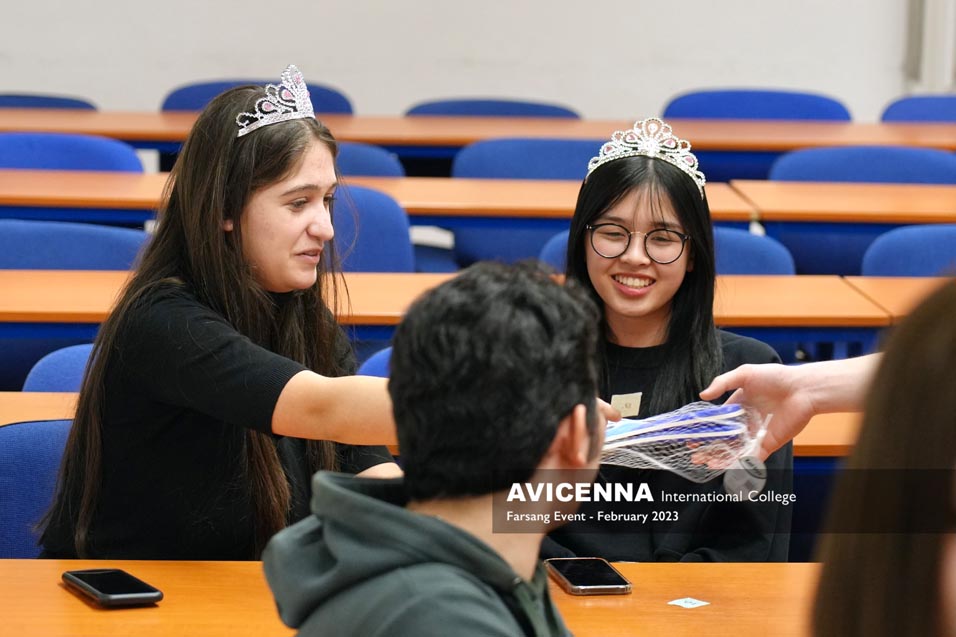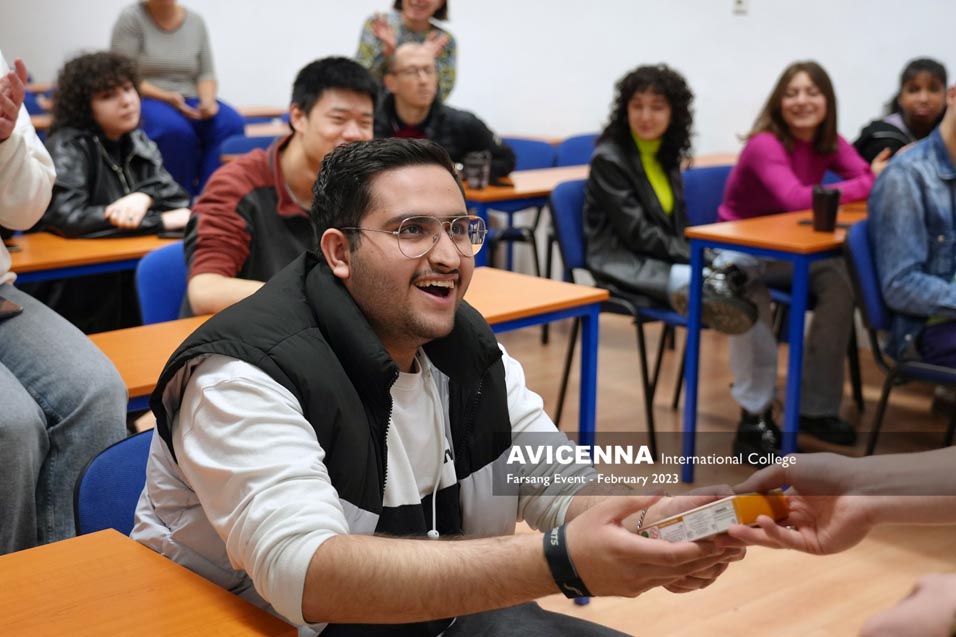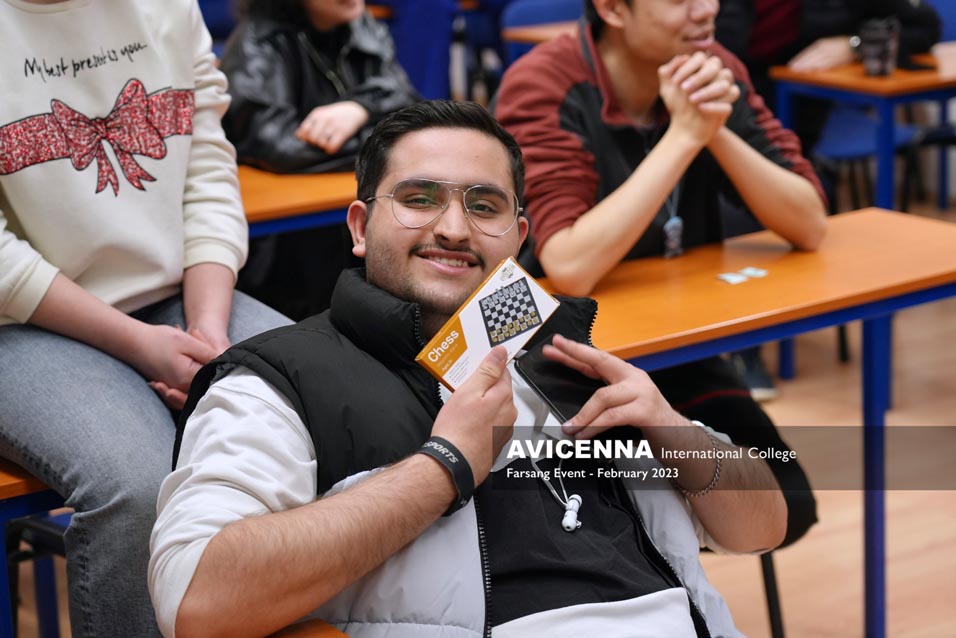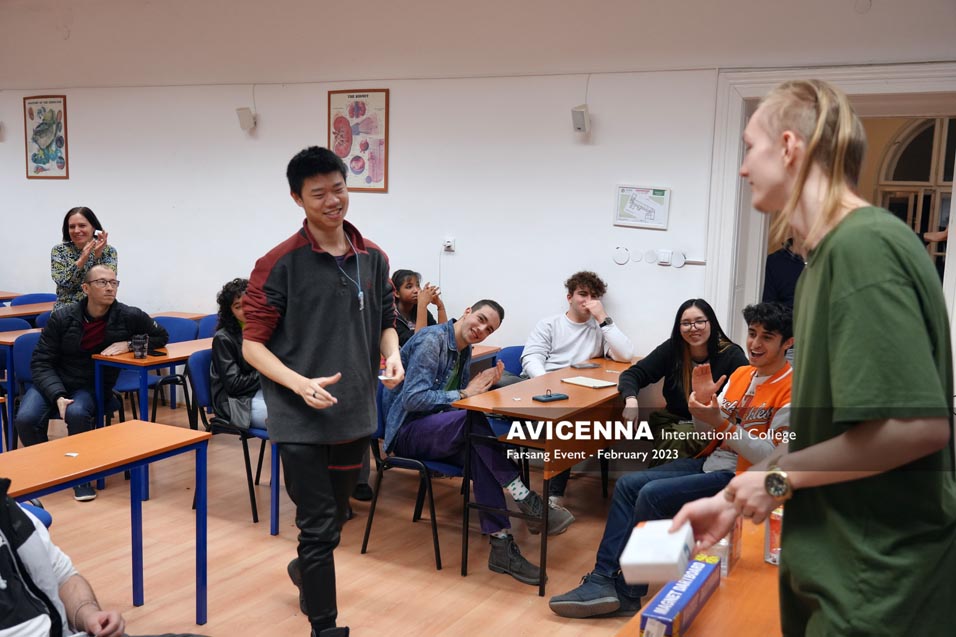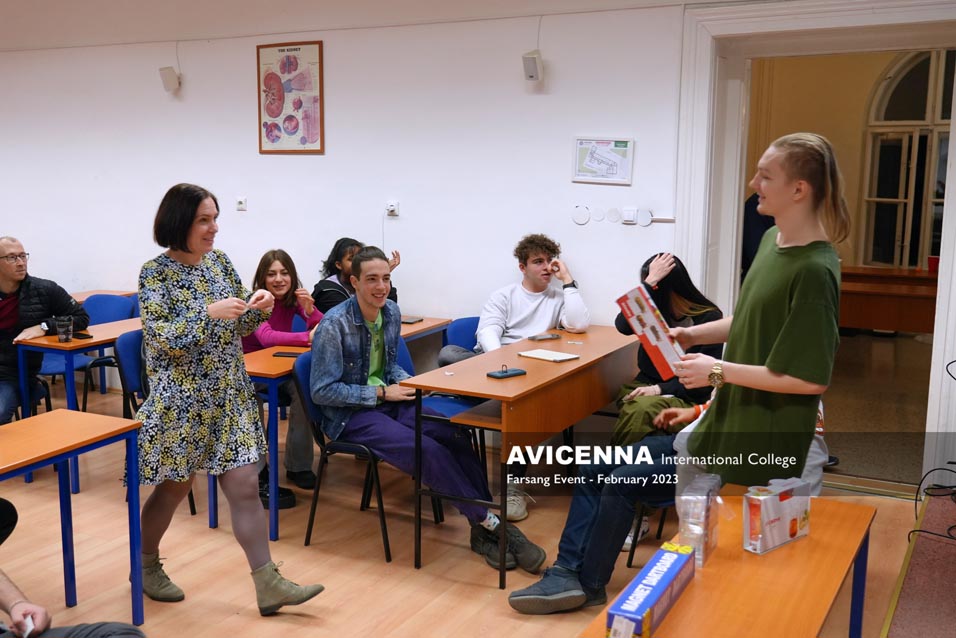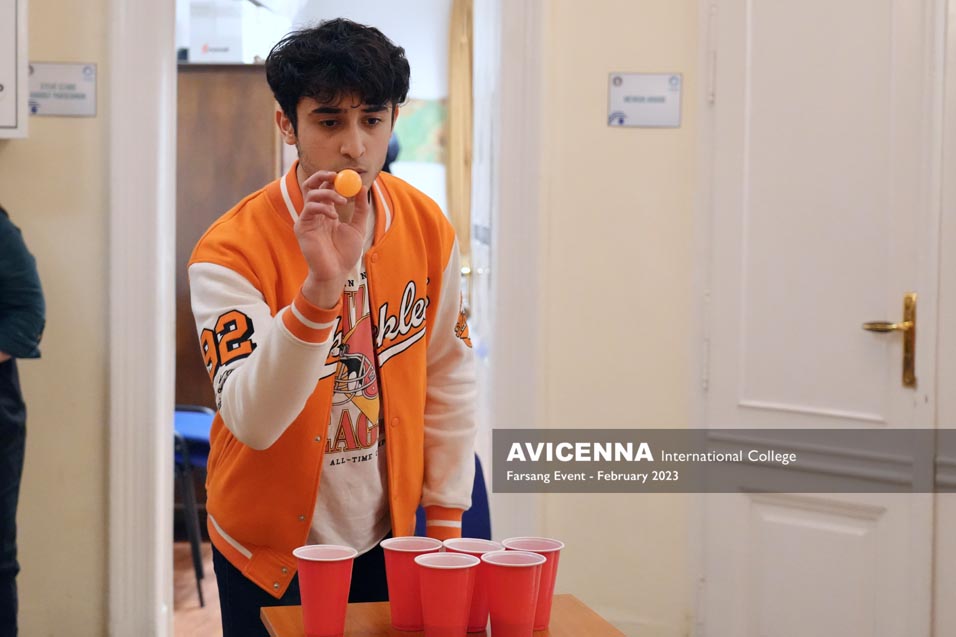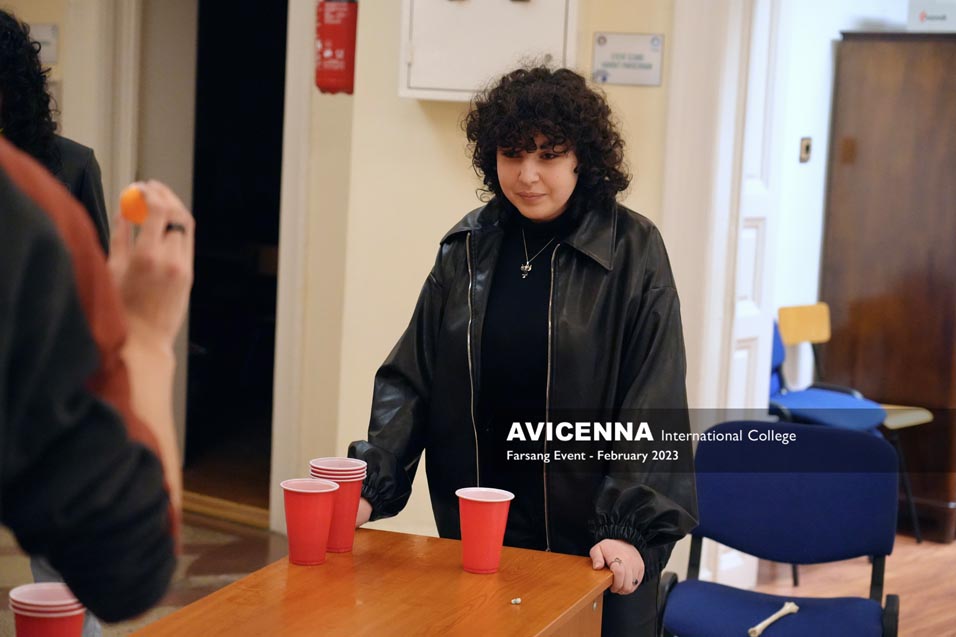The Hungarian farsang, also known as the carnival season, is a festive period leading up to the start of Lent. This celebration is a time for indulging in food, drink, and merriment before the period of fasting and reflection that Lent represents in the Christian tradition.
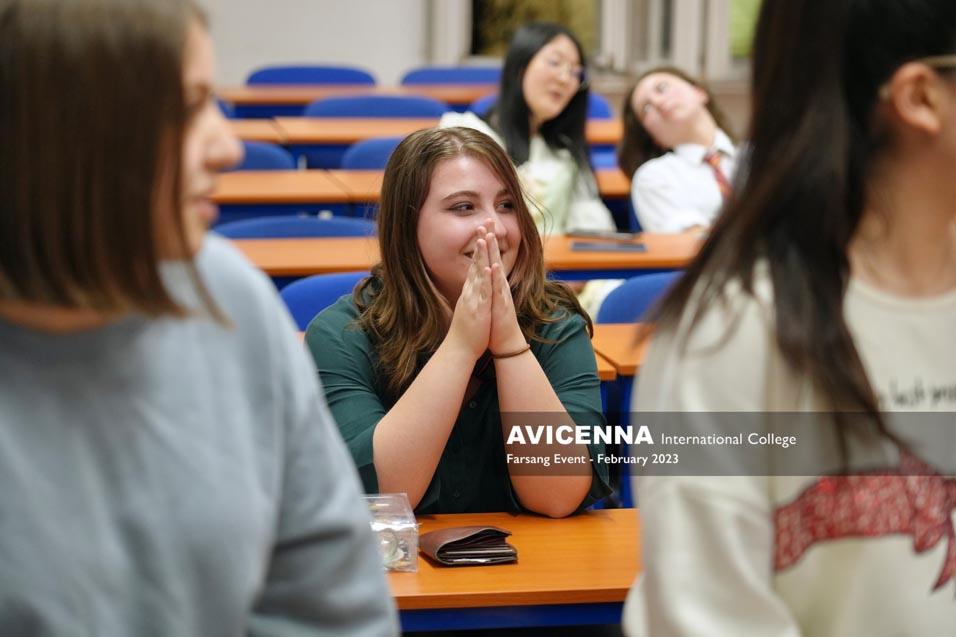

AIC held its first farsang a few days ago which went very well. We held a raffle selling tickets to win prizes that stole the show over all the other games. This was only possible with the help of the diligent student council where everyone worked hard to get this event organized and running smoothly.
Students from almost all the classes attended the event and here we have some feedback from Hussein Ahmed Ali from grade 11 at the event:
I had the pleasure of attending the student carnival and it was absolutely amazing! The organizers did a fantastic job in creating an event that was fun, engaging, and filled with a lot of excitement.
The carnival had everything you could possibly want, from carnival games to raffle tickets. I was impressed by the creativity and effort put into each activity.
Overall, the student carnival was a great success and a testament to the hard work and dedication of the organizers. It was a wonderful experience that brought together the community and left everyone with a lasting memory. I can’t wait to attend the next one!
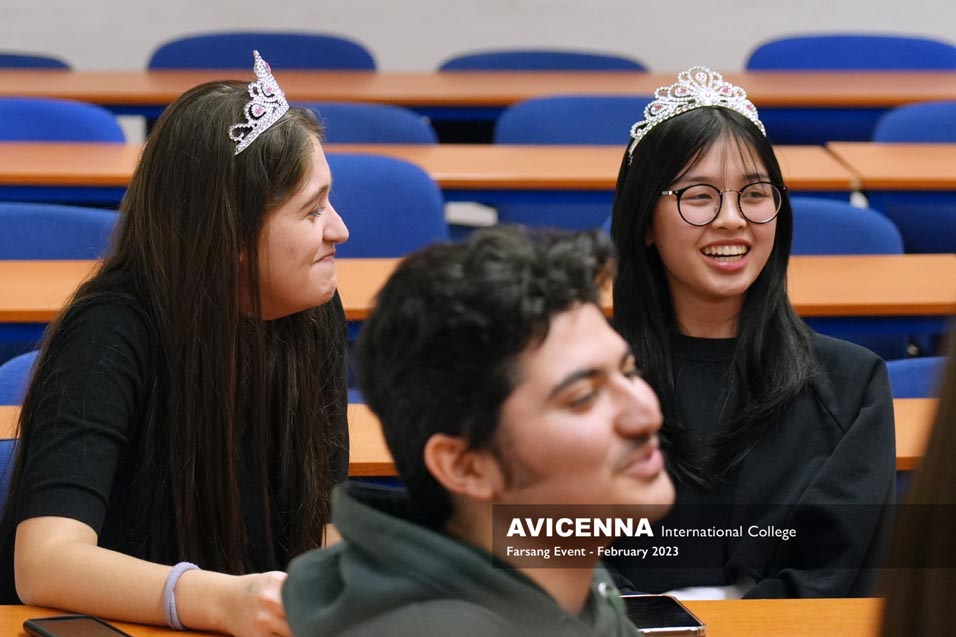
The farsang season typically begins on January 6th, the day of Epiphany, and lasts until Ash Wednesday, which marks the start of Lent. During this time, people in Hungary celebrate with parades, parties, and feasts.
One of the key traditions of the Hungarian farsang is the wearing of masks and costumes. People dress up in elaborate outfits and masks, often depicting historical or mythical characters, and take part in parades and masquerade balls. These events are popular across the country, with many towns and cities hosting their own farsang festivities.
Another important aspect of the farsang is the food. Traditional Hungarian dishes like kürtőskalács (chimney cake), lángos (deep-fried dough), and gulyás (goulash) are popular during this time. Many people also enjoy drinking pálinka, a traditional fruit brandy.
One of the most famous farsang events in Hungary is the Busójárás, which takes place in the town of Mohács. This festival dates back over 200 years and involves people dressing up in scary masks and costumes to chase away the winter and welcome in the spring. The Busójárás includes a parade, traditional dances, and a variety of cultural events.
In addition to the Busójárás, there are many other farsang celebrations throughout Hungary. In Budapest, the city hosts a series of parties and events, including a parade featuring colorful floats and marching bands. Many smaller towns and villages also have their own farsang celebrations, with events ranging from traditional dances to costume contests.
Overall, the Hungarian farsang is a time of joy and celebration, a chance to let loose before the more solemn period of Lent. With its colorful costumes, delicious food, and lively festivities, it’s a unique and exciting part of Hungarian culture.
Written by Ákos Bali,
president of the student council



